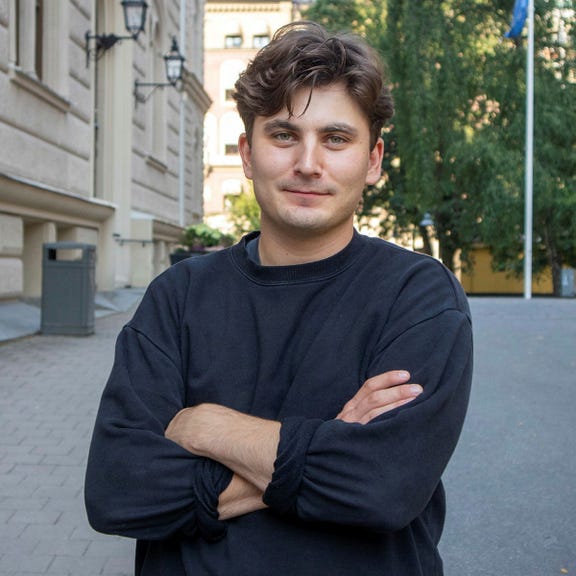The intricate dance between the Liberal Party (Liberalerna) and the Sweden Democrats (Sverigedemokraterna) has become a defining feature of Swedish politics in recent years. Johan Pehrson, leader of the Liberal Party, characterized the two years of collaborative governance since his party joined the ruling coalition as a complex endeavor, requiring significant effort and improvisation, likened to using a crowbar and duct tape. This analogy underscores the inherent tensions and challenges of navigating a partnership with a party whose ideology and political positions differ significantly from the Liberals’. Pehrson’s statement highlights the pragmatic compromises and difficult negotiations that have characterized this unusual political alliance. The delicate balance required to maintain the coalition while simultaneously addressing the ideological disparities between the parties has undoubtedly tested the limits of political maneuvering.
Pehrson’s recent comments regarding the potential inclusion of the Sweden Democrats in the government have further fueled the debate and exposed underlying tensions within the Liberal Party. While affirming his current stance against SD’s direct participation in government, Pehrson acknowledged the possibility of future reconsideration, contingent upon evolving political circumstances. He emphasized the importance of recognizing parliamentary realities and respecting the democratic process, suggesting that a refusal to adapt to shifting political landscapes could be perceived as elitist and out of touch with the electorate. This statement implies a willingness to prioritize political pragmatism and stability over ideological purity, a position that has sparked both support and criticism.
The reaction to Pehrson’s remarks from within the Liberal Party and its youth wing, the Liberal Youth of Sweden (LUF), reveals a significant internal divide on this sensitive issue. LUF chairman Anton Holmlund expressed strong opposition to any potential future inclusion of SD in government, asserting that the majority of party members share this view. Holmlund’s statement underscores the internal struggle within the Liberal Party between maintaining the current coalition arrangement, which relies on SD’s parliamentary support, and upholding the party’s core values and historical opposition to SD’s nationalist and anti-immigration policies. This internal conflict highlights the difficult choices facing the Liberal Party as it navigates the complexities of contemporary Swedish politics.
Pehrson’s subsequent clarification on social media, categorically stating his refusal to agree to a government including SD, further complicates the situation. This seemingly contradictory statement, following his earlier comments about potential future reconsideration, underscores the ongoing internal debate within the Liberal Party and Pehrson’s own attempts to balance competing pressures. It suggests an awareness of the potential backlash from within his party and the broader electorate should he appear too accommodating towards SD. This back-and-forth highlights the precariousness of the current political landscape and the challenges facing party leaders in maintaining unity while responding to evolving political realities.
The central dilemma for the Liberal Party revolves around the tension between pragmatic governance and ideological consistency. Maintaining the current coalition government, which depends on SD’s parliamentary support, requires a degree of cooperation and compromise that some within the party find increasingly difficult to reconcile with their fundamental opposition to SD’s policies. The question of whether to prioritize political stability and influence by remaining in the coalition, or to uphold ideological purity by distancing themselves from SD, poses a significant challenge to the party’s leadership and its future direction.
The ongoing debate within the Liberal Party regarding its relationship with the Sweden Democrats reflects the broader political transformation underway in Sweden. The rise of SD as a significant political force has disrupted traditional political alliances and forced established parties to reassess their strategies and positions. The Liberal Party’s internal struggle exemplifies the challenges faced by many centrist parties across Europe as they grapple with the rise of nationalist and populist movements. The future direction of the Liberal Party, and indeed the future of Swedish politics, hinges on how these complex and often contradictory pressures are resolved. The interplay between pragmatism and principle will continue to shape the political landscape and determine the course of Swedish governance in the years to come.














